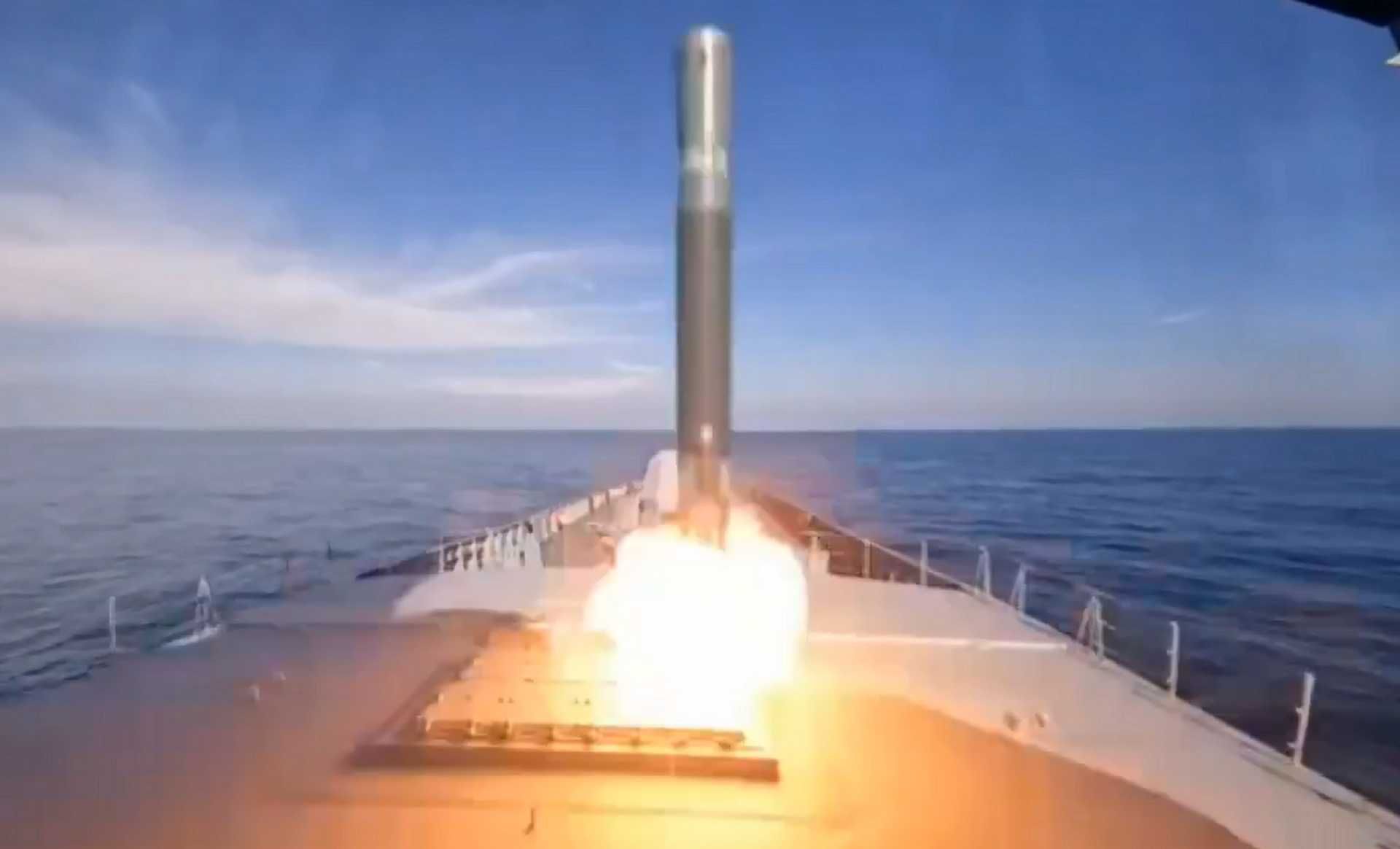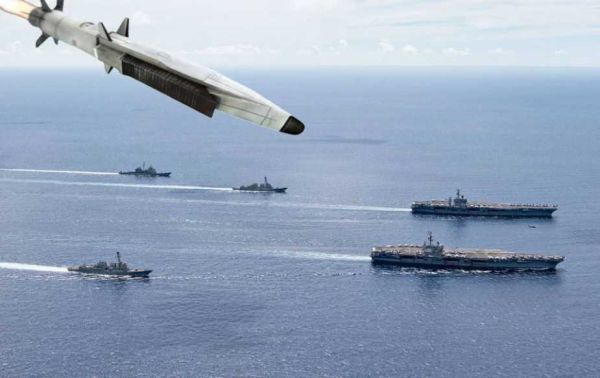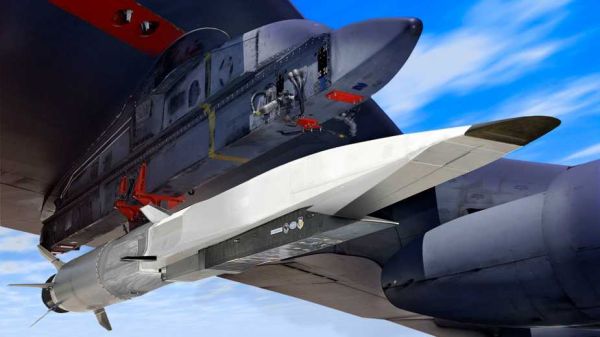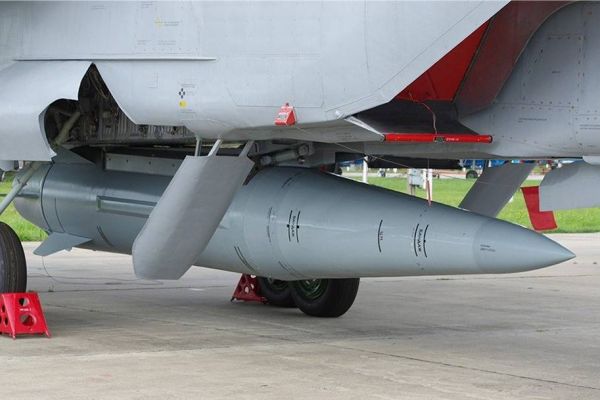Hypersonic Missiles.
3M22 Zircon SS-N-33.

The 3M22 Zircon (also known as Zircon or Tsirkon) is a nuclear-capable hypersonic cruise missile developed by Russia. The Novator Design Bureau, part of the Russian state-owned Almaz-Antey Group, manufactures it, and NPA Mashinostroyeniya develops the propulsion system. The missile is designed for deployment from surface vessels, submarines, and aircraft.
Country users: Russia
Description
The 3M22 Zircon, NATO code-named SS-N-33, is a hypersonic cruise missile designed to perform both anti-ship and land-attack missions. It is capable of carrying both conventional and nuclear warheads, providing it with a versatile role in modern warfare. Initially designed to target naval assets, the missile has evolved to include land-attack capabilities, making it an important tool for precision strike missions.
Developed in Russia, the missile is primarily produced by Novator Design Bureau, under the umbrella of Almaz-Antey Group. NPO Mashinostroyeniya developed the design and propulsion systems. The development of the Zircon missile began in the early 2010s, although official reports confirming its existence and capabilities were not made public until 2016. The missile’s first test launches took place in 2017, with several subsequent tests in 2018 and 2019. These tests demonstrated the missile’s ability to strike both land and sea targets with remarkable precision. By 2020, Russian authorities confirmed the missile was in its final stages of development and would soon be operational. The 3M22 Zircon entered service in 2022, with initial deployments on Project 22350 Admiral Gorshkov-class frigates. Plans are in place to extend its deployment to submarines and potentially land-based platforms in the coming years.
As a hypersonic missile, the Zircon offers extraordinary speed, precision, and destructive power. Its speed—reaching up to Mach 9—makes it extremely difficult to intercept, as existing missile defense systems are not capable of reacting quickly enough to intercept a missile traveling at such high velocities. The missile’s role includes targeting large naval vessels such as aircraft carriers, as well as military infrastructure on land. Its capabilities are seen as particularly effective in challenging modern anti-missile defense systems, which may struggle to counteract the missile's speed and maneuverability.
3M22 Zircon SS-N-33 variants:
- Naval Variant: Launched from surface ships and submarines, designed for anti-ship and strike missions, with a range of up to 1,000 km.
- Ground-Based Variant: A land-based version under development, intended for coastal defense and deep strike roles, similar in capabilities to the naval version.
- Submarine-Launched Variant: Deployed from submerged platforms like Yasen-class submarines, offering stealth and long-range strike capabilities, with an operational range of up to 1,000 km.
- Air-Launched Variant (Potential): Future possibility for launch from strategic bombers, providing flexibility and extended range for air-launched strikes.
- Anti-Ship Variant: Specifically optimized for targeting naval vessels with high speed and precision, deployed from surface ships and submarines.
- Nuclear Variant: A version equipped with a nuclear warhead for strategic deterrence and large-scale tactical strikes, similar to other variants but with a nuclear payload.
Technical Data
-
Design
The 3M22 Zircon features a highly advanced aerodynamic design, incorporating a maneuvering, winged hypersonic missile with a lift-generating center body to ensure stability during high-speed flight. The missile is powered by a two-stage propulsion system. The first stage consists of a booster engine powered by solid fuel, which accelerates the missile to supersonic speeds. After reaching a certain speed, the scramjet engine in the second stage ignites, utilizing liquid fuel to accelerate the missile to hypersonic speeds.
The Zircon has an estimated length of 9 meters (30 feet) and a diameter of 60 cm (24 inches), with an estimated weight of between 3,000 and 4,000 kg (3–4 tons). This size and weight allow for the missile to be launched from various platforms, including surface ships, submarines, and potentially future land-based systems. The missile’s sleek design, paired with its advanced propulsion system, allows it to travel at speeds of up to Mach 9 (6,900 mph; 11,000 km/h), while maintaining high levels of maneuverability at both low and high altitudes.
-
Warheads
The 3M22 Zircon is capable of carrying both conventional and nuclear warheads. Conventional warheads are typically used in anti-ship and land attack roles, where the missile targets enemy vessels or military installations with high precision. These warheads are designed to cause maximum damage upon impact, especially to large naval vessels or coastal infrastructure.
In addition to conventional payloads, the Zircon can also be equipped with a nuclear warhead. This gives the missile an additional strategic deterrence capability, allowing it to strike high-value targets with devastating effect. The nuclear variant of the Zircon can potentially be used in scenarios of large-scale warfare or as part of Russia’s nuclear deterrent strategy, ensuring that adversaries must consider its potential use in any conflict scenario.
-
Propulsion
The 3M22 Zircon is powered by an advanced scramjet propulsion system, which allows it to travel at hypersonic speeds. Initially, the missile is boosted to supersonic speeds by a solid-fuel engine in the booster stage. Once it reaches the required velocity, the scramjet engine ignites, using liquid Detsilin-M fuel (a Russian fuel similar to JP-10 jet fuel) to accelerate the missile to its hypersonic speeds.
The missile can reach a maximum speed of Mach 9 (6,900 mph; 11,000 km/h), allowing it to cover vast distances quickly. This extreme speed makes it a particularly dangerous weapon, as it significantly reduces the reaction time for any missile defense systems in its path. The operational range of the Zircon is reported to be around 400–450 km (250–280 miles) at low altitudes, while it can extend up to 1,000 km (620 miles) in a semi-ballistic trajectory. The range can reach up to 1,000–2,000 km in optimal conditions, depending on the target and mission specifics. The missile can travel at altitudes of up to 28 km (92,000 feet), allowing it to engage targets at long ranges while evading most traditional air defense systems.
-
Guidance Systems
The 3M22 Zircon missile features a sophisticated guidance system that ensures high precision even at hypersonic speeds. The missile uses a combination of inertial navigation, radar homing, and plasma stealth to navigate towards its target. The initial phase of flight relies on inertial guidance, which uses onboard sensors to keep it on course. During the terminal phase, the missile switches to active radar homing, allowing it to lock onto specific targets, such as naval vessels or land-based infrastructure.
One of the key features of the Zircon is its ability to generate a plasma cloud during hypersonic flight, which absorbs radio waves and makes the missile more difficult to detect by radar. This phenomenon, known as plasma stealth, makes it harder for enemy radar systems to track the missile during the cruise phase. However, this also affects the missile’s ability to engage radar or infrared seekers, which means it likely slows down to Mach 5-6 speeds in the terminal phase when closing in on a moving target. Despite this, the missile generates an enormous IR signature, which makes it easy for EO/IR sensors to detect during its final approach.
The missile is also capable of information exchange during flight, allowing it to receive updates and adjustments in real time. This ensures that it can be controlled or redirected as needed to meet mission objectives.
-
Combat Use
The 3M22 Zircon is primarily used for anti-ship and land-attack missions. Its high speed and maneuverability make it an ideal weapon for engaging large naval targets, such as aircraft carriers and battleships, which are difficult to counteract due to the missile’s kinetic energy and hypersonic velocity. In addition to its speed, the missile's kinetic energy alone is sufficient to cause severe damage to even the most heavily armored ships, making it a potent tool in naval warfare.
When used in land-attack roles, the Zircon can strike critical military infrastructure, including command centers, airports, and other strategic targets. Its high precision and long range enable it to effectively engage targets at great distances, making it a valuable asset for both tactical and strategic missions.
In terms of nuclear strike capability, the missile offers a significant strategic advantage, particularly in scenarios requiring rapid, high-precision nuclear strikes against key adversary targets. This ability further enhances the missile's role in Russia’s nuclear deterrence strategy, positioning it as a powerful asset in potential high-stakes conflicts.
Given its speed, accuracy, and destructive power, the 3M22 Zircon missile is a game-changer in modern warfare. Its hypersonic speed allows it to penetrate traditional missile defense systems, while its versatile payload options and ability to engage multiple target types make it an essential component of Russia.
Specifications
-
Type
Hypersonic cruise missile (anti-ship, land-attack, nuclear-capable).
-
Country users
Russia
-
Designer Country
Russia, developed by Novator Design Bureau and NPO Mashinostroyeniya.
-
Type of warheads
- Conventional warhead (high-explosive, fragmentation).
- Nuclear warhead (designed for strategic deterrence). -
Range Missile
- Effective range: 400–450 km (250–280 miles) at low altitudes.
- Maximum range: Up to 1,000 km (620 miles) in a semi-ballistic trajectory; potential 1,000-2,000 km depending on launch conditions and target type. -
Weight missile
Approximately 3,000–4,000 kg (3–4 tons).
-
Speed Missile
Capable of reaching Mach 8 to Mach 9 (6,100 mph to 6,900 mph, or 9,800 km/h to 11,000 km/h) at its maximum.
-
Altitude
It can operate at altitudes of up to 28 km (92,000 feet).
-
Accuracy
High precision, with reported CEP (Circular Error Probability) in the range of 1-3 meters, making it capable of hitting high-value, moving targets like aircraft carriers.
-
Dimensions
Length: 9.0 m; Diameter: 0.6 m; Wingspant: ? m






































